40 years to the legendary Mi-24 combat helicopter (7 part) Mi-35
The Mi-35 is a multipurpose attack helicopter, a "flying infantry fighting vehicle" developed in the Mil Design Bureau. The helicopter is an export version of the multipurpose attack helicopter Mi-24В. Helicopters were delivered to many countries around the world. In 1999, Rostvertol developed a program to upgrade these helicopters. In 2000, four helicopters for the Zimbabwe Armed Forces were upgraded under this program.
As a result of the modernization, the helicopters are equipped with Russian-made night vision devices. The installation of the new IRTV-445MGH thermal imaging surveillance system makes it possible to detect and recognize objects around the clock more than 4 km. The GPS115L GARMIN satellite navigation system with the VPS-200 interface box installed on the upgraded helicopters provides for determining the current coordinates of the helicopter and flight navigation parameters when operating in the GPS system, as well as providing navigation data to the video monitor of the surveillance system and recording information on videotape.
As PRIME-TASS reported earlier, the Mi-35 and Mi-35П helicopters (designation for the domestic market are Mi-24В and Mi-24Д, respectively), mass-produced by Rostvertol, are intended for the destruction of armored vehicles, fire support of ground forces, airborne troops and evacuation of the wounded, as well as transportation of cargo in the cabin and on the external load.
Both helicopters are equipped with 2 TVZ-117BMA engines with 2225 horsepower. each, providing maximum and cruising speeds of 320 and 280 km per hour, respectively, with a normal range of 450 km. Normal ferrying distance 1000 km. Take-off weight - 11,2 t, maximum - 11,5 t. Static ceiling - 1750 m, dynamic - 4500 m. Crew - 2 person.
The armament of the combat version of Mi-35P and Mi-35 helicopters includes a complex of Sturm-V anti-tank guided missiles (up to 8 9М114 missiles with a cumulative warhead) gondola with outboard cannon weapons in various embodiments (gun 9-A-629 caliber 12,7 mm; 2 gun 9-A-622 caliber 7,62 mm grenade 9-A-800 caliber 30 mm) as well as the bombing (bomb weighing 50 to 500 kg) and mine (container KMGU-2) weapons.
The Mi-35P combat helicopter, which is a modification of the Mi-35 helicopter, differs in that instead of the 9-A-624 12,7 mm caliber built-in mobile machine gun, the 30 caliber GSH-30 stationary cannon is located on the right side of the fuselage.
Mi-35P and Mi-35 helicopters can also be used in airborne transport versions (8 paratroopers with mine weapons /, transport version with external suspension with 2,4 tonnage. In addition, Mi-35P has a sanitary version (2 lying and 2 seated injured accompanied by a health worker).
Mi-35M
Even during the Berlin Air Show ILA'94 there was information that the MVZ them. Mikhail Mil, in cooperation with the Rostvertol plant from Rostov-on-Don, is working on a program to modernize the Mi-24, as well as its export versions, the Mi-25 and the Mi-35. The goal is to increase combat effectiveness, survivability and improved performance. Improved Mi-24, supplied outside of Russia, will be called Mi-35M. The proposed changes can be introduced gradually, and many of them have already been implemented on the latest series of the Mi-24VP.
Machines of the first stage of modernization will receive the name Mi-35М1. The necessary improvements are reduced to bringing the Mi-24D and Mi-24В to the standard Mi-24ВП. (Technical documentation has already been released). In addition, the engines will be replaced by newer, more powerful TV3-117ВMA, especially in conditions of high temperatures and low atmospheric pressure. In the control system, instead of KAU-110 boosters, new KAU-115 will be installed, which will improve the maneuverability of the helicopter. An additional main gearbox oil cooler will be installed. On these machines, APU-28 / 8-U launchers tested on the Mi-4 will appear, allowing you to take an 8М9 ATURUM "Sturm-B" for each console on 114 ATGM. (It is possible to use the newest ATGM of the Attack-V complex. They exist in several versions. The main intended for destruction of armored targets is the 9М120 rocket with a cumulative warhead (AF), as well as its improved version 9М220. 9X120F rocket (F - high explosive) is distinguished by the installation of a combined warhead (cumulative and high explosive in series). The 9М220О rocket with fragmentation warhead serves to destroy air targets. All missile variants have a launch range of up to 6 km, their guidance system is semi-automatic. According to advertising data, the probability of hitting the target is 0,95, and the combat effectiveness of the Ataka-B missiles is 1,7 -2,2 times the 9М114 missiles.) This will make it possible to abolish the vertical wing tips together with the beam holders placed on them and shortening the wing , reduce the weight of the airframe. C-13 will be replaced by SS-45, which allows you to record the position of the target in the eyepiece of the sight. The new HSP-24 on-board simulator, in addition to simulating launching and targeting ATGMs, can simultaneously simulate the interference used by the enemy. The helicopter will be equipped with new beam bearers of the BDZ-HC weapon with built-in load lifters. By special orders, additional blocks of the navigation complex can be installed, for example, satellite navigation. The crew of the Mi-35М1 will receive night vision goggles of the GW-2.
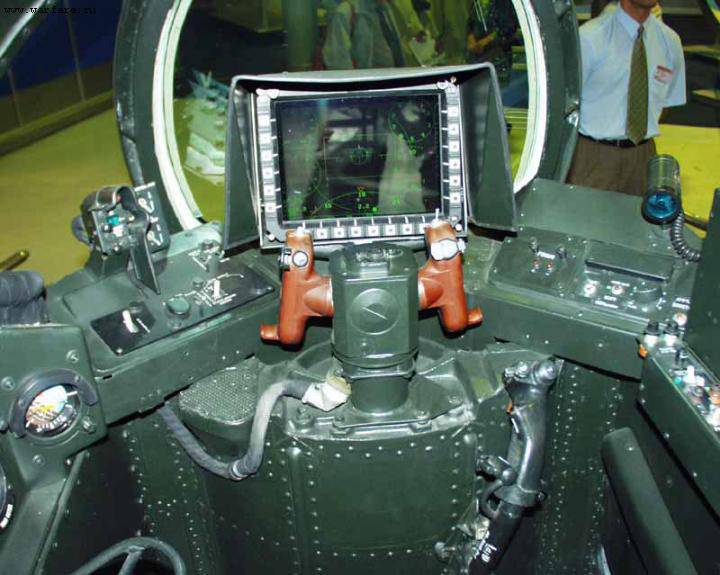
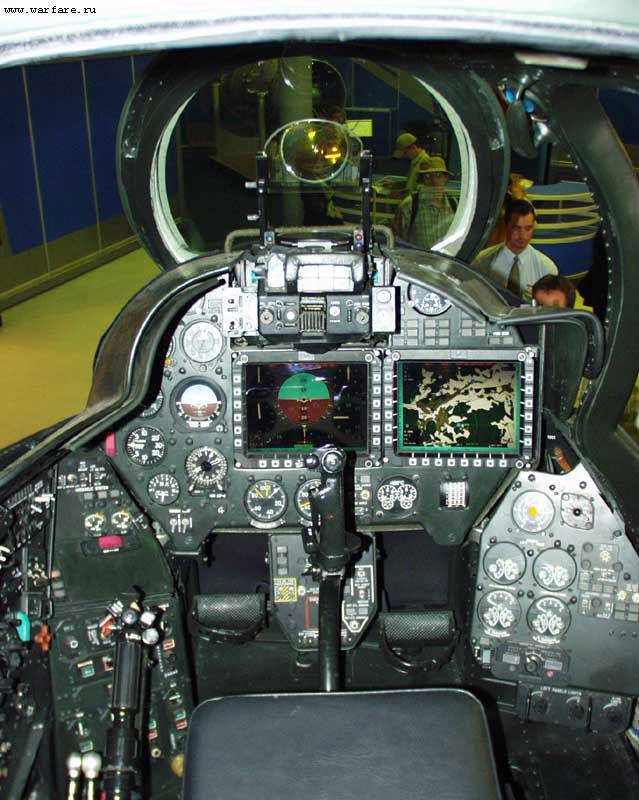
The next group of changes is related to the analysis of the experience of using Mi-24 in Afghanistan. It should be noted that on all the Mi-24 in the CIS, such improvements have already been done and these innovations relate only to export vehicles. The Mi-35М1 will increase the stock of fired IR traps in: fairings on the sides of the tail section of the fuselage (each 3 has ASO-2В cassettes containing a cartridge containing 32). The SPO-15 station with (L-006) Birch will be installed to alert the crew about the radiation exposure of the enemy’s radar, and the L-166В-11Е station for setting active and K-interference. Provision is made for the equipment of an EVU helicopter. To prevent an explosion in the event of a lumbago, fuel tanks will be filled with polyurethane foam. To avoid the loss of hydraulic fluid when the hydraulic system is damaged, the latter will be equipped with additional valves. Traction control rod screw will be separated from each other to minimize the likelihood of their defeat by one projectile.
At present, experimental work is underway to improve the weight of the helicopter. In addition to the shortened wing, it is supposed to install a new cruciform tail rotor on the model of the Mi-28. The rotor blades are planned to be made of fiberglass, the swashplate will be improved. All this will significantly simplify the design of the machine. A weight reduction of another 85 - 90 kg is possible when replacing the retractable chassis with a fixed one. As a result, after all modifications, the empty mass of the Mi-35М1 will be 8350 kg, which is 270 kg less than the Mi-24В, the normal take-off weight will be 11100 kg, the maximum - 11500 kg. Maximum speed - 300-320 km / h, cruising - 270-280 km / h, static ceiling - 2100 m (MSA), practical ceiling - 4600 m, range from 5% ANZ fuel - 420 km.
An even more perfect version of the helicopter will be designated Mi-35М2. On it, among other weapons, it is possible to use air-to-air missiles of the 9М39 of the Igla-V complex (a modification of the Igla MANPADS). Rocket 9М39 equipped with a passive infrared guidance system, has a fragmentation warhead and weighs together with the 14 PU kg. The minimum launch range is 800 m, the maximum is 5200 m, the altitude of the target is from 20 to 3500 m, and the probability of hitting it is 0,95. The gun GSH-23L will be replaced by liquid-cooled GSH-23В, which will allow firing in long bursts and at smaller intervals. It is planned to install new radio communications equipment with ground forces and an ATGM guidance station. The mass of the empty Mi-35М2 will be 8050 kg. The maximum speed of the helicopter will be 312 km / h, the climb rate - 12,4 m / s, the static ceiling - 2500 m, and the practical - 5750 m.
At the third stage of modernization, the Mi-35MZ will appear. Into service aviation The Russian ground forces he will go under the designation Mi-24VM. The helicopter will receive the PNK-24 flight and navigation system, created in the likeness of PrPNK-28 of the Mi-28 helicopter. The Tor-24 weapon control system, replacing the Rainbow, is also based on technical solutions implemented on the Mi-28. An active IR jamming station L-166V-11E will be dismantled. It turned out that against the latest anti-aircraft missiles, it is not only ineffective, but also makes it easier for them to maintain contact with the target. In return, the helicopter will receive a Mak-UFM warning station operating in the infrared range (it had previously been tested on the Su-24M and Su-39) and the Pastel warning radar equipment. These systems work in conjunction with the automatic trap-shooting machine UV-26, which will allow them to shoot only in case of danger. The empty weight of the Mi-35MZ will be 8200 kg, the maximum speed is 300 km / h, the static ceiling is 2400 m, the practical ceiling is 4800 m, and the flight range from 5% ANZ is 420 km.
Cost center them. ML Mil sent out proposals for upgrading the Mi-24 / 25 / 35 to the countries where these helicopters are operated. Some states have already expressed interest, first of all, the installation of a cannon and the refinement of machines for the installation of the Ataka-V anti-tank missile. The “live” copy of the Mi-35M was first shown publicly in Paris in June 1995. The car was close to the Mi-35М2. The helicopter had a shortened wing, a new carrier and tail rotor, armament, which included the "Attack" and "Eagle" complexes. Unlike previously common information, the French navigation system Nadir 10 and the weapon control system NOCAS (Night Operation Capable Avionics System), jointly developed by the companies Sextant Avionique and Thomson-TTD Optronic, were on this copy. NOCAS interacts with Chlio night-vision equipment, the VH-100 windshield display system and SMD 45H liquid crystal displays. The same helicopter was exhibited at the Moscow International Aviation and Space Salon (MAKS-95) in August 1995.
MI-35MO
At the MAKS-99 air show in Zhukovsky MVZ them. M.L. Mile, Federal Research and Production Center Geofizika-NV, Russian Avionics Design Bureau and UOMZ Production Association presented a new modification of the Mi-24 helicopter with a night-vision system Mi-35MO designed for round-the-clock use.
The GOES-320 equipment, developed by UOMZ and passed state tests on this machine, allows to obtain a stable image at night. The helicopter has two LCD multi-functional display, which displays a variety of information, including navigation. The electronic map of the area helps determine the location of the machine up to 50 m Application of modern night vision systems, navigation equipment and electronic display makes it possible to increase the combat effectiveness of three -. Five times.
Night vision goggles GEO-NV-Ш, designed for crews of combat vehicles, are made on the basis of third-generation electronic-optical devices. Their use allows you to fly at night and in adverse weather conditions at an altitude of about 50 m with visibility at a distance of 1 km. The glasses allow the crew to detect and identify ground targets in a familiar and easily perceived form in the field of view around 40 °. By the end of 1999, two new helicopters were equipped with new equipment.
Mi-35M2
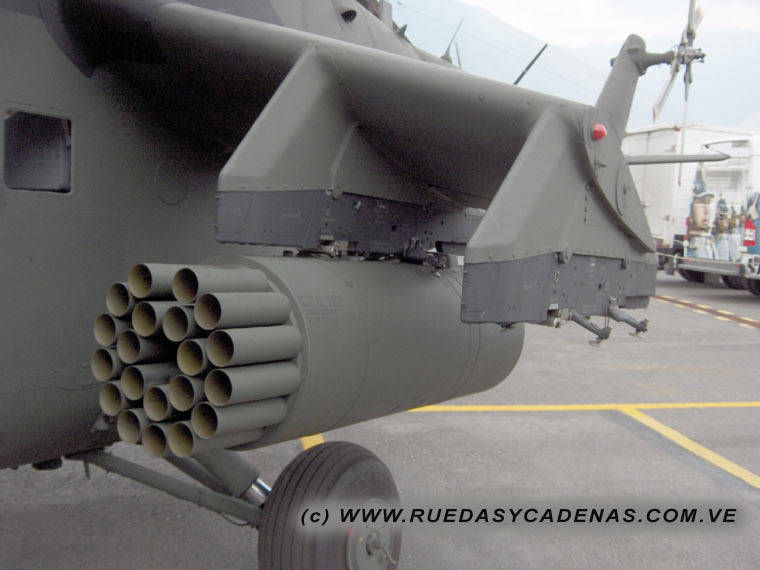
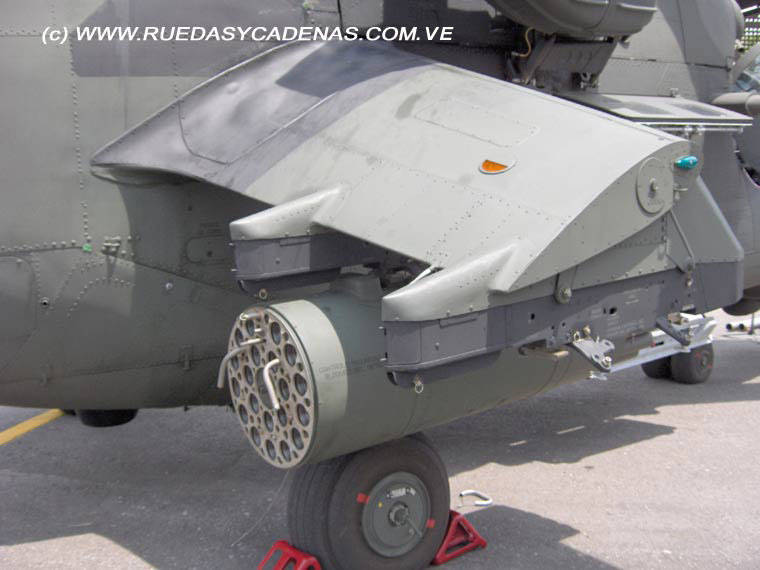
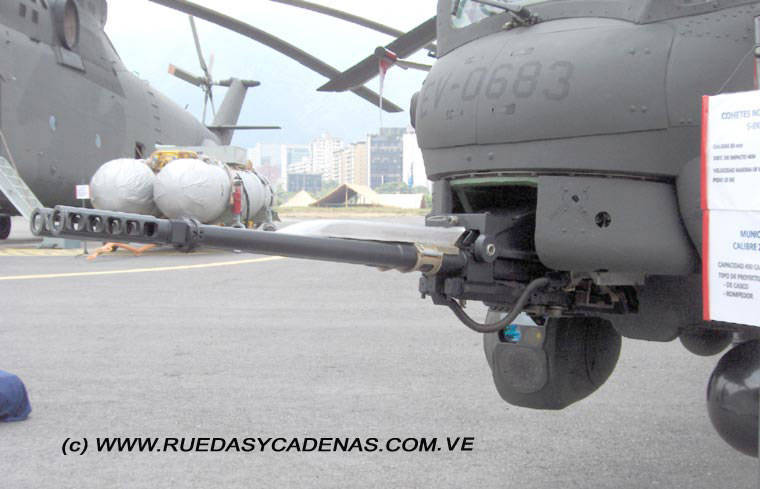
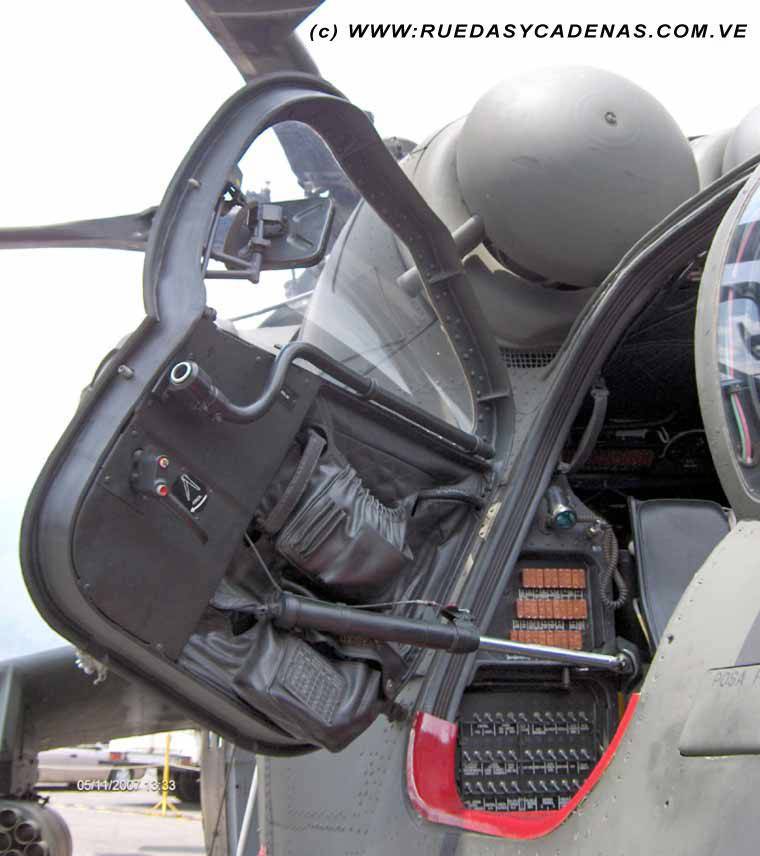
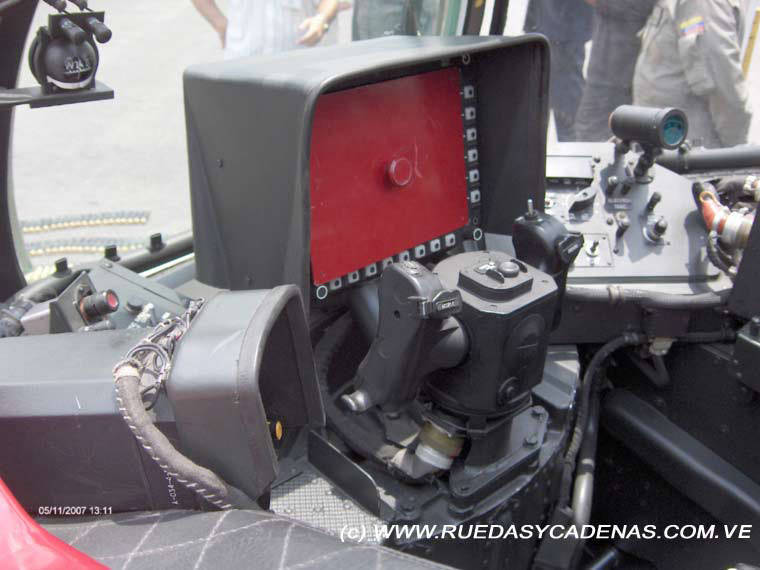
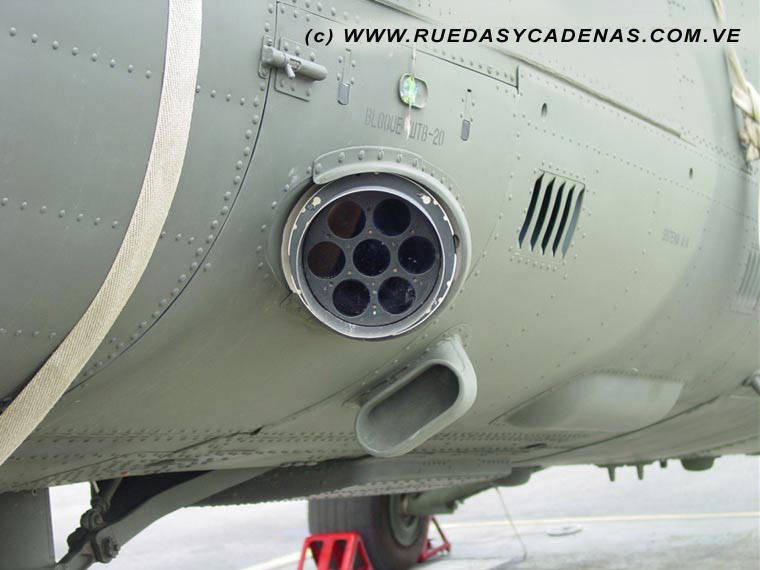
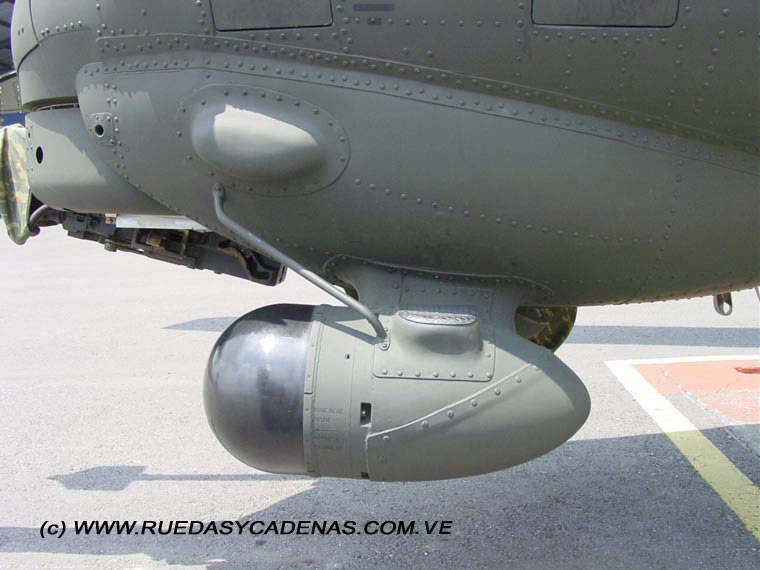
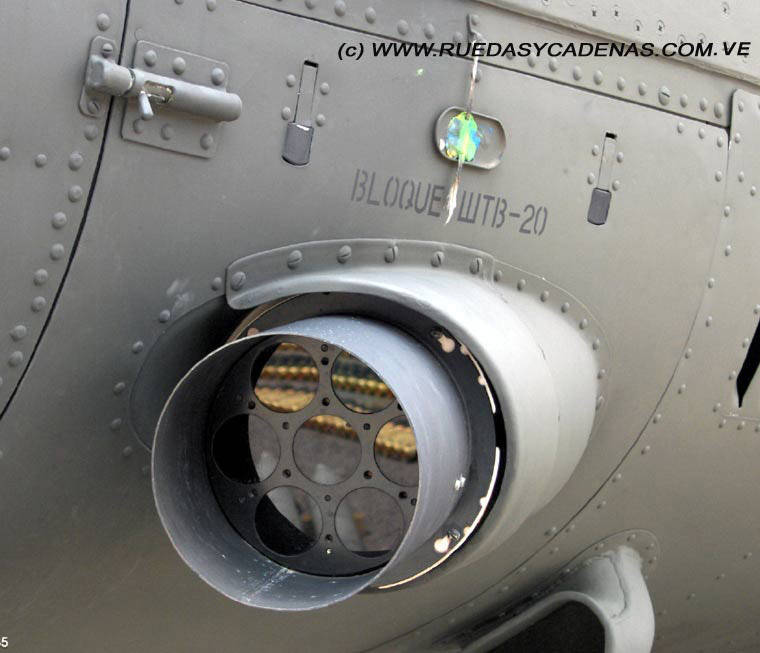
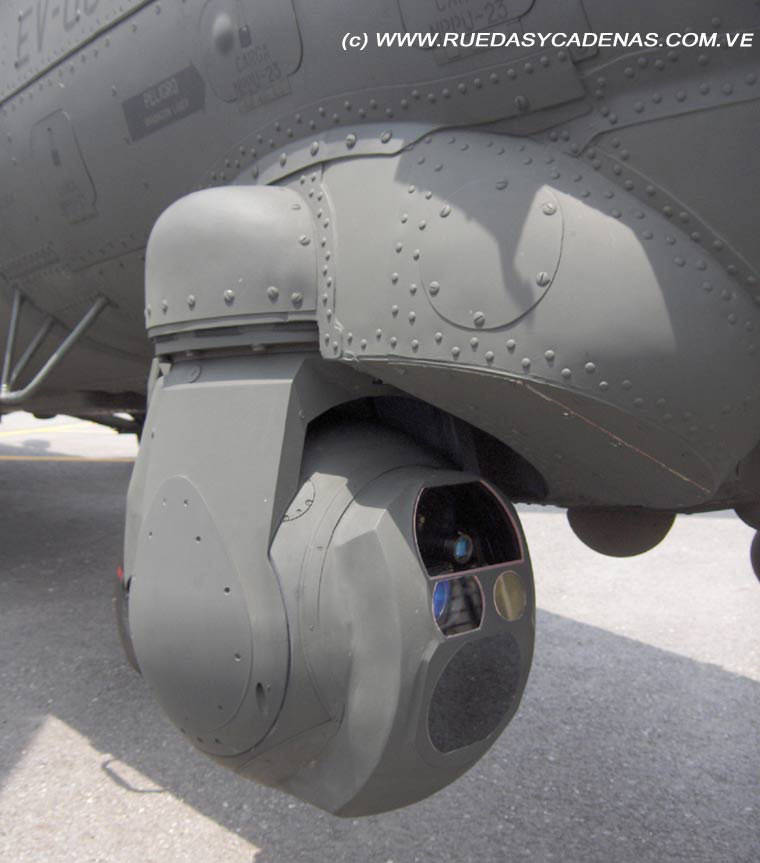
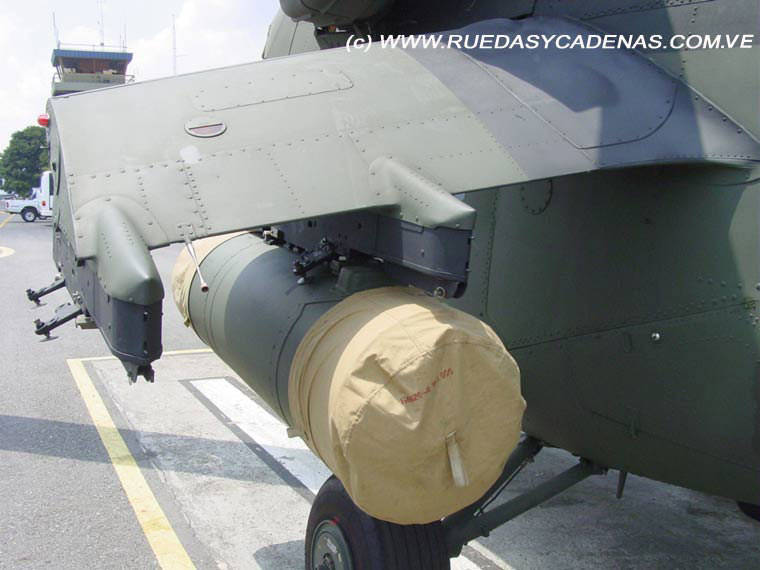
Mi-35M3
Mi-35 Sun countries of the world
Mi-35 AF Afghanistan
Mi-35 Sun India
Mi-35 Sun of Libya
Uganda Mi-35 Sun
Mi-35 AF Czech
Mi-35P Sun Myanmar
Mi-35P sun Indonesia
Mi-xnump sun of senegal
Mi-35P Uganda Sun
Mi-35PM of the Armed Forces of Cyprus
Mi-35M2 Sun Venezuela
Mi-35M3 Sun Brazil
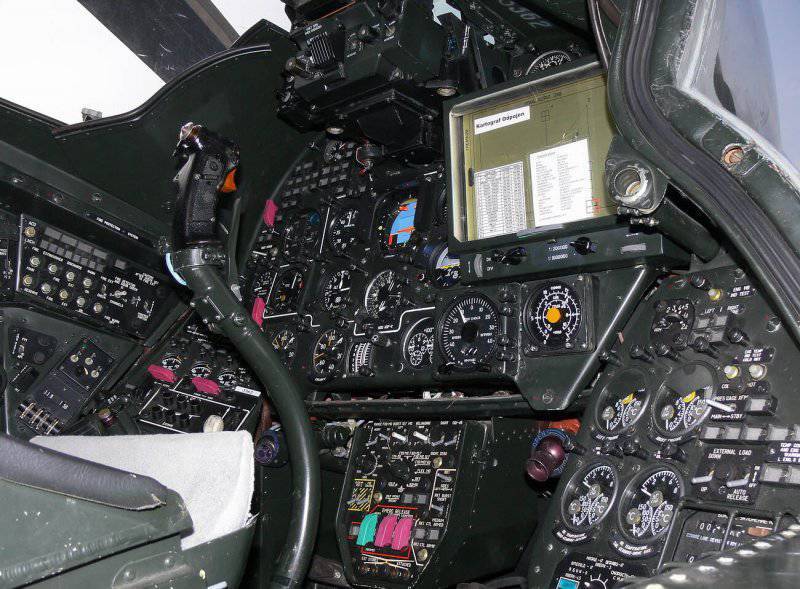
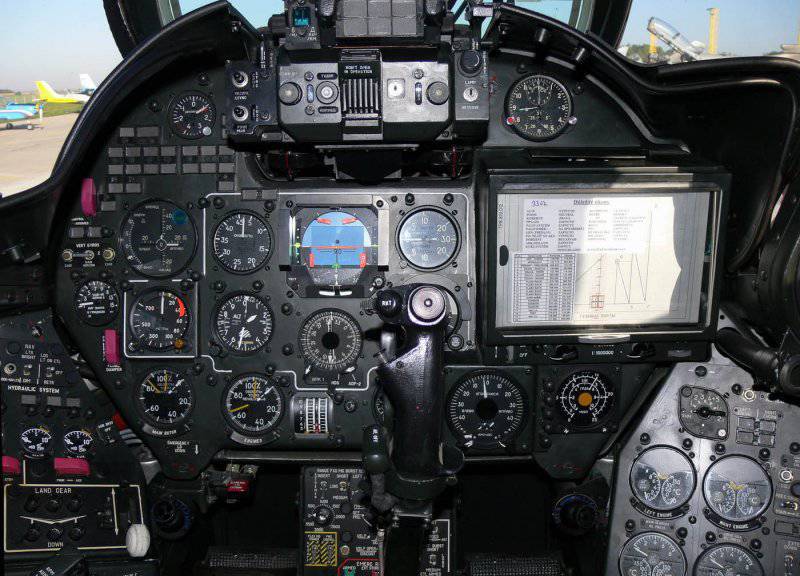
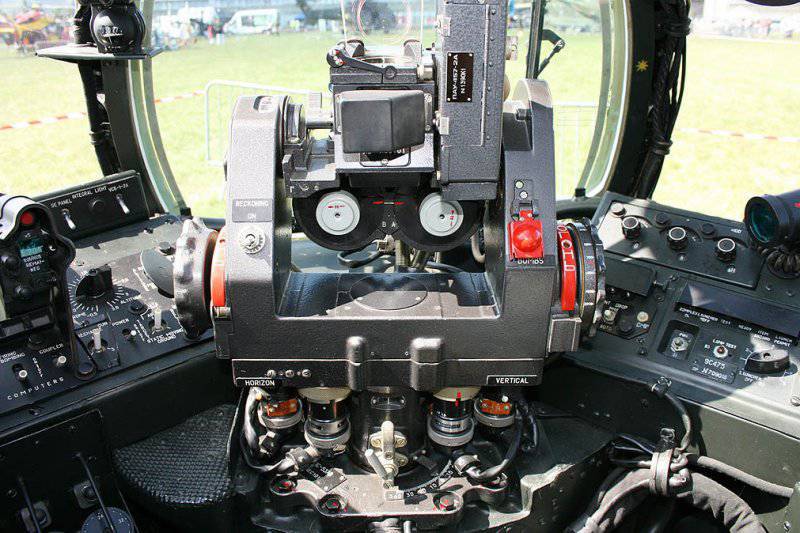
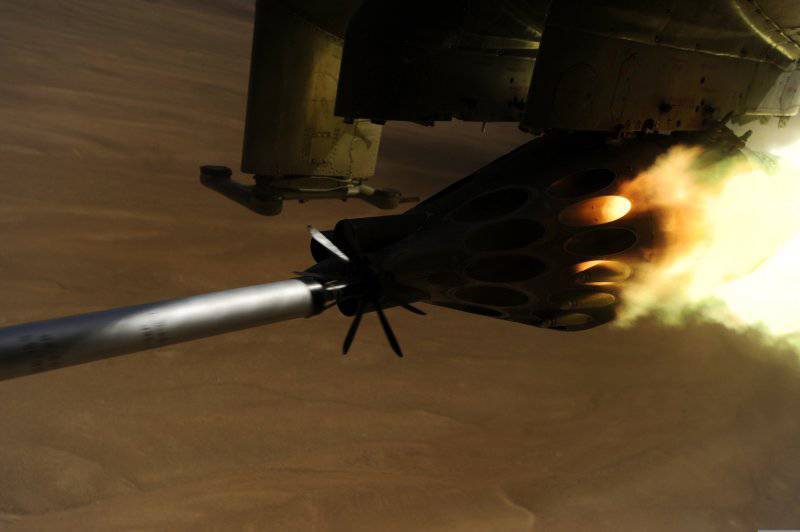
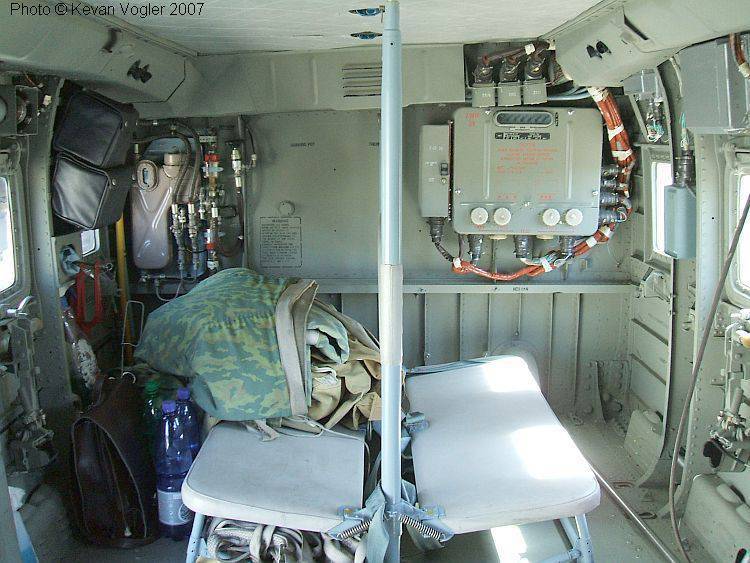
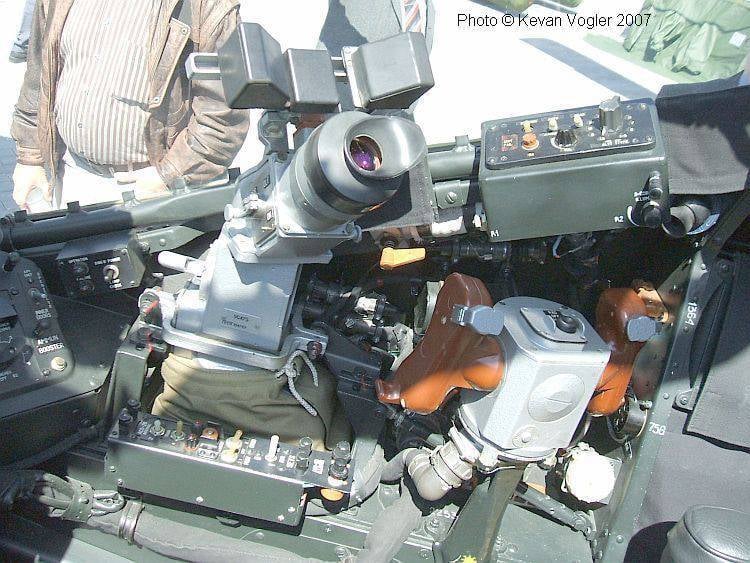
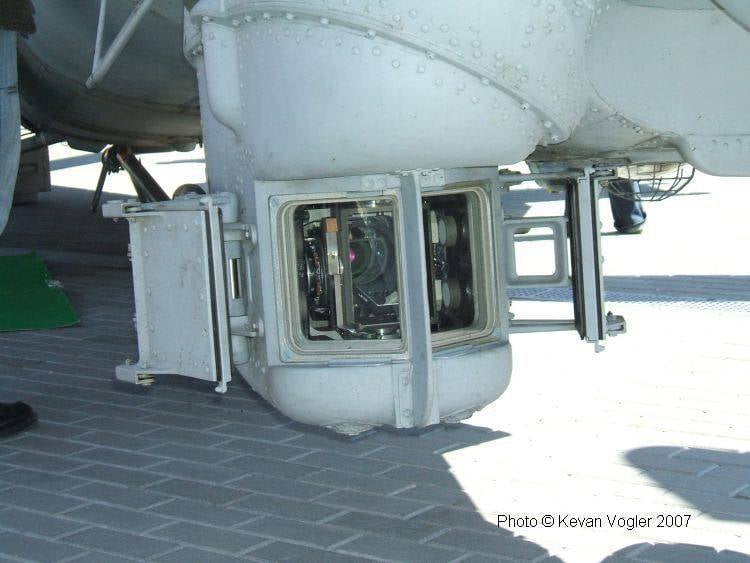
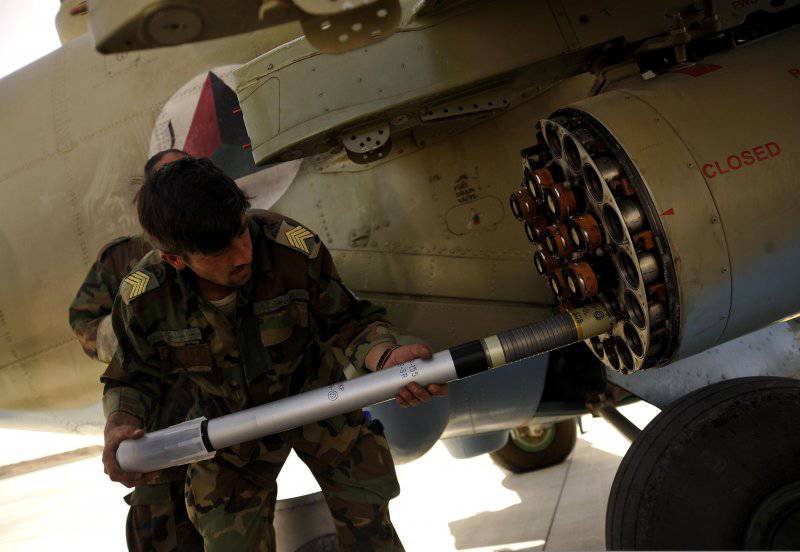
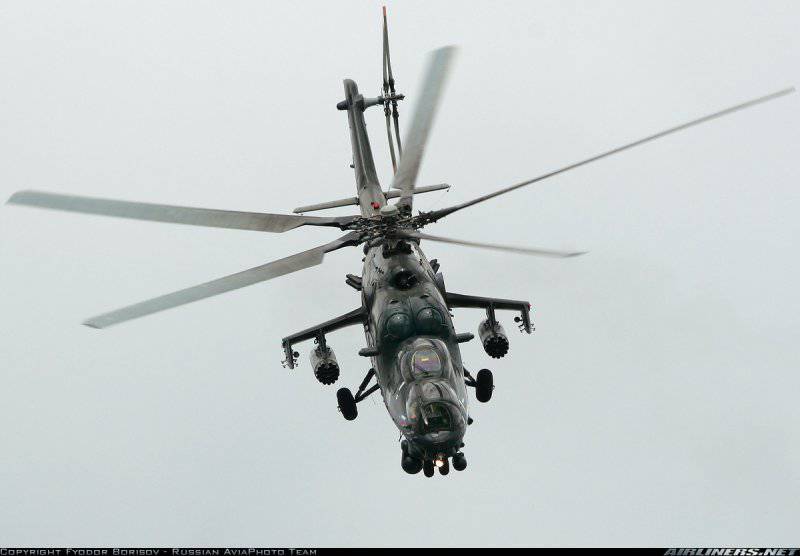
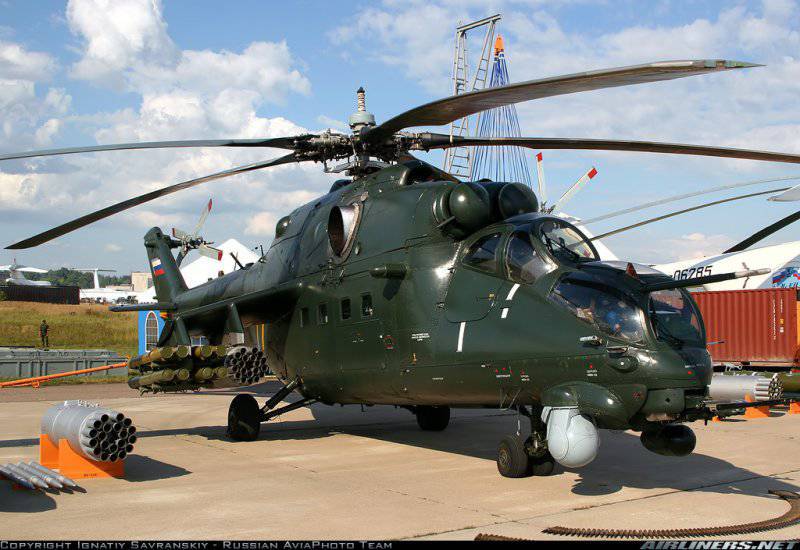
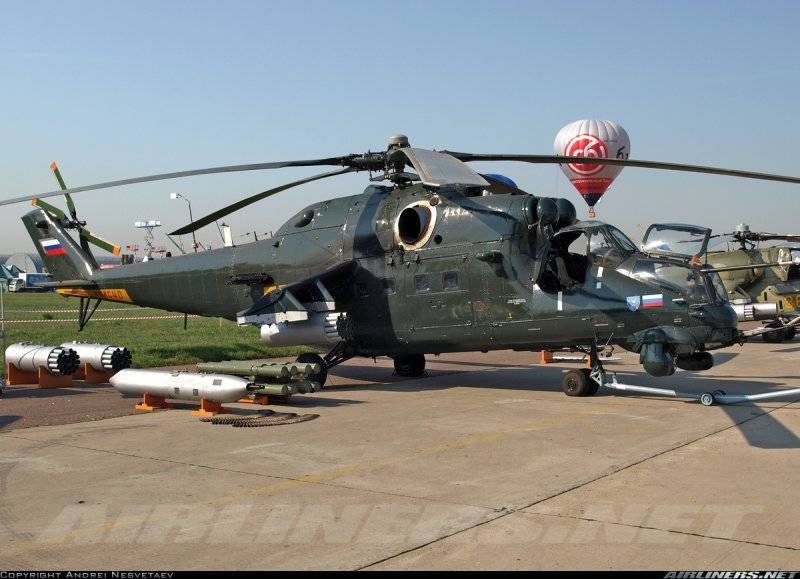


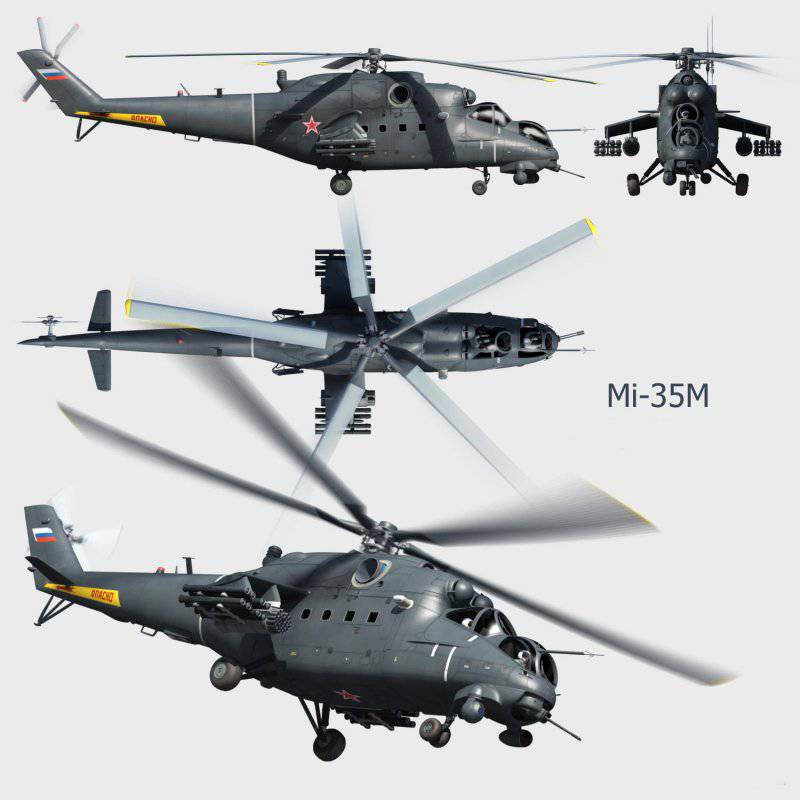
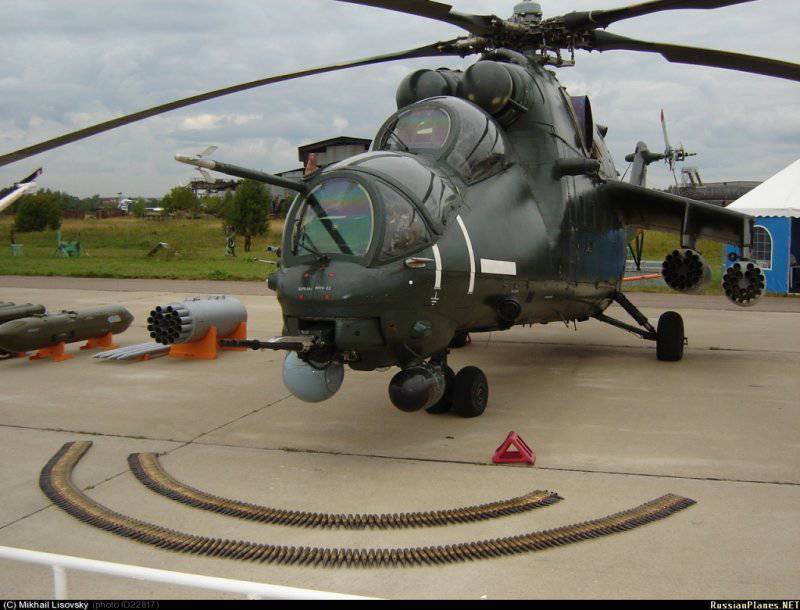
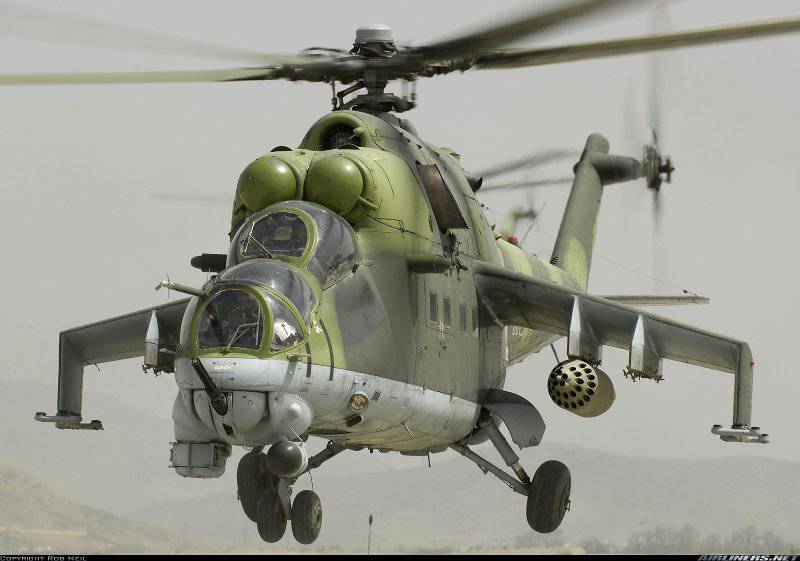
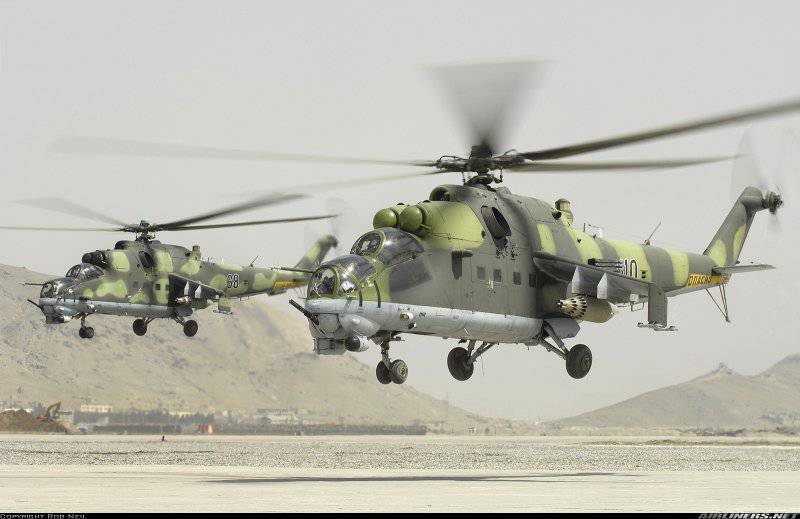
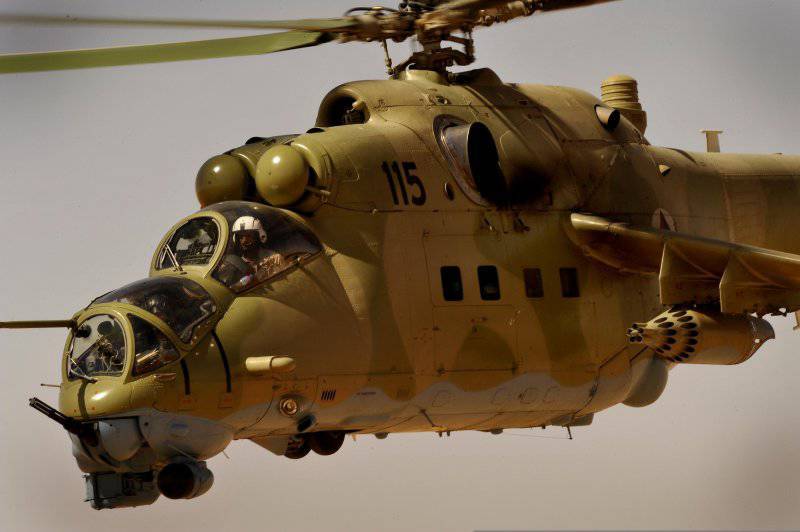
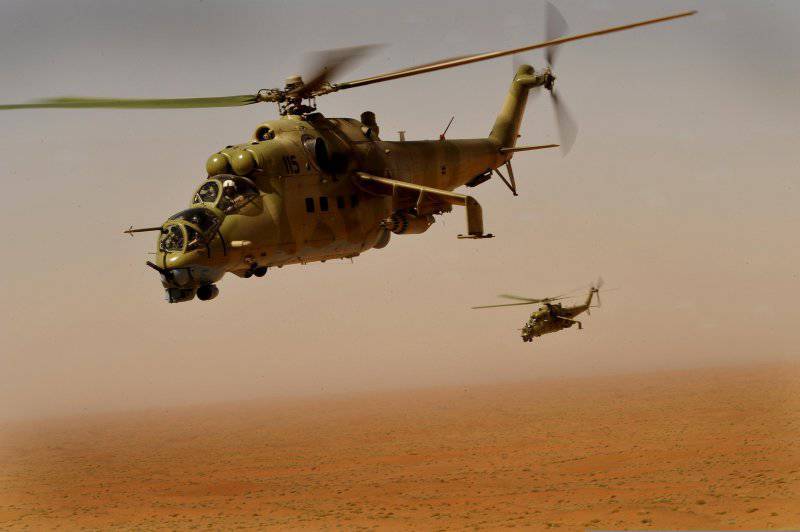
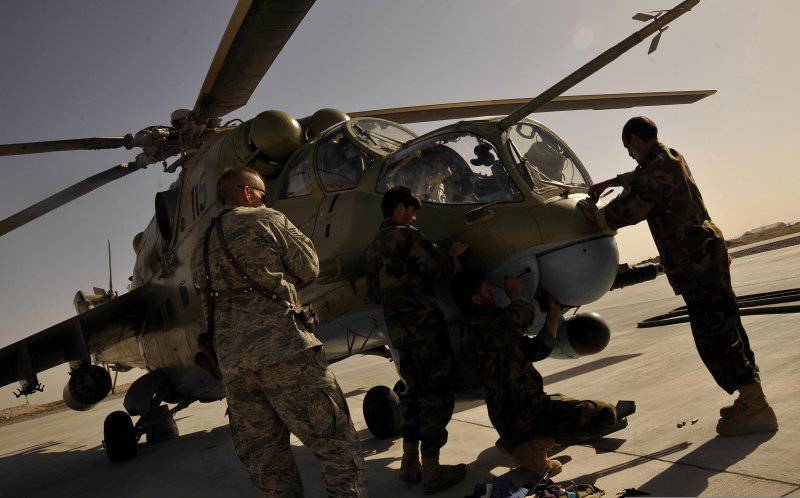
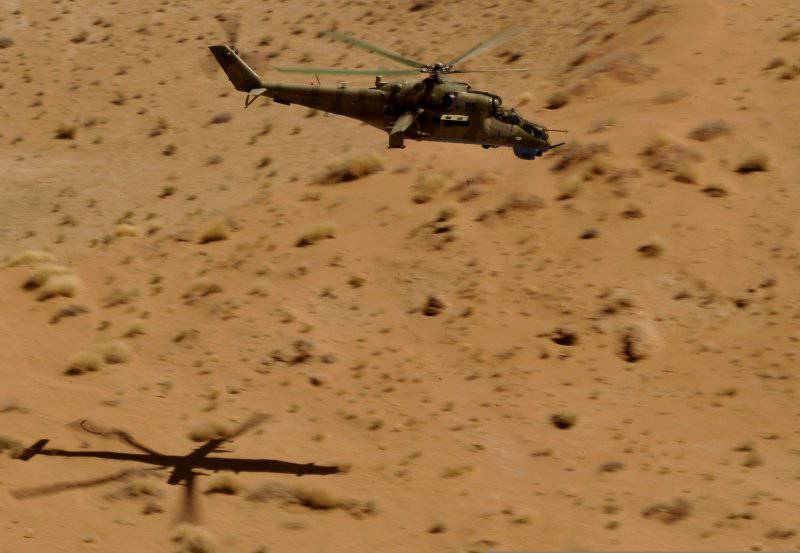
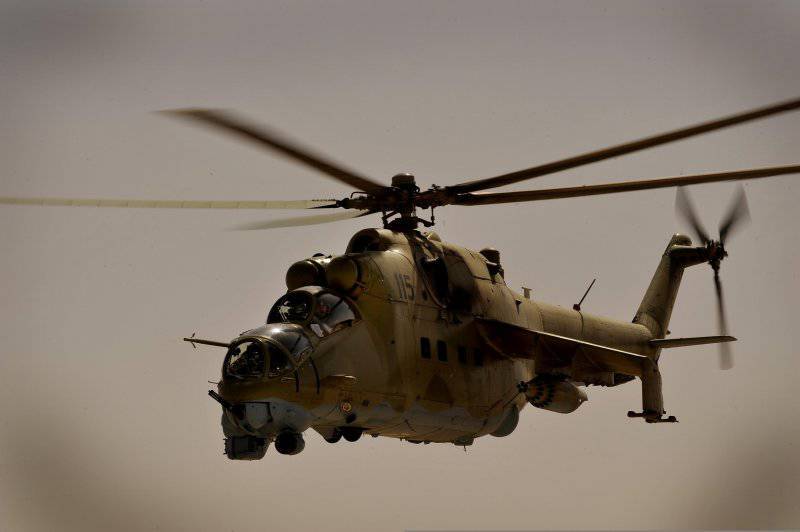
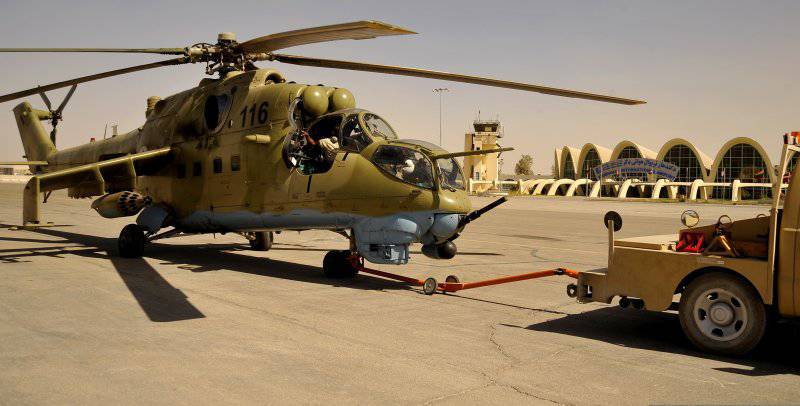
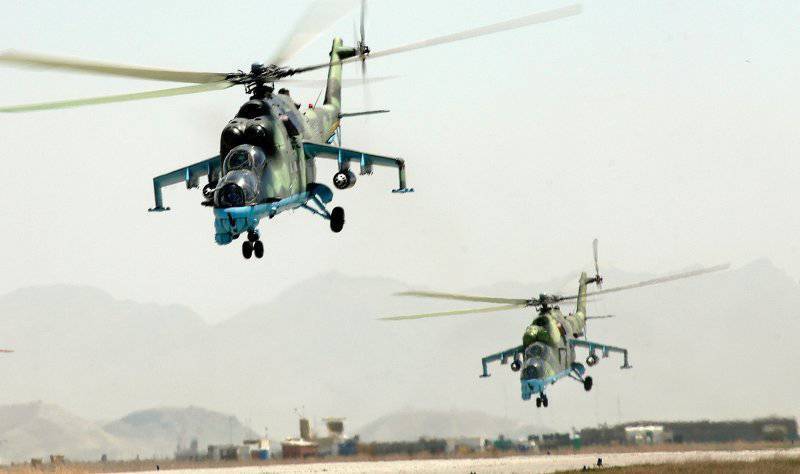
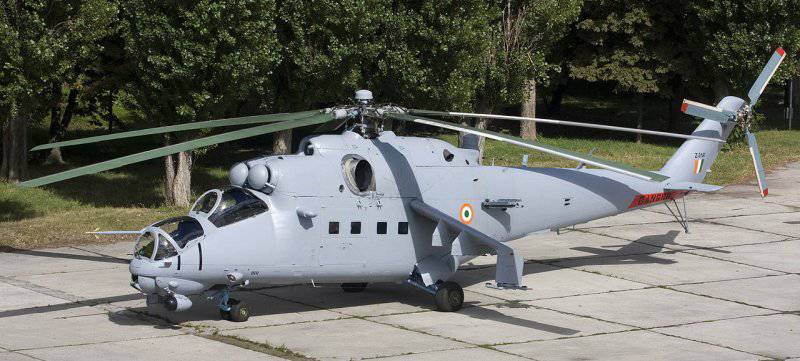
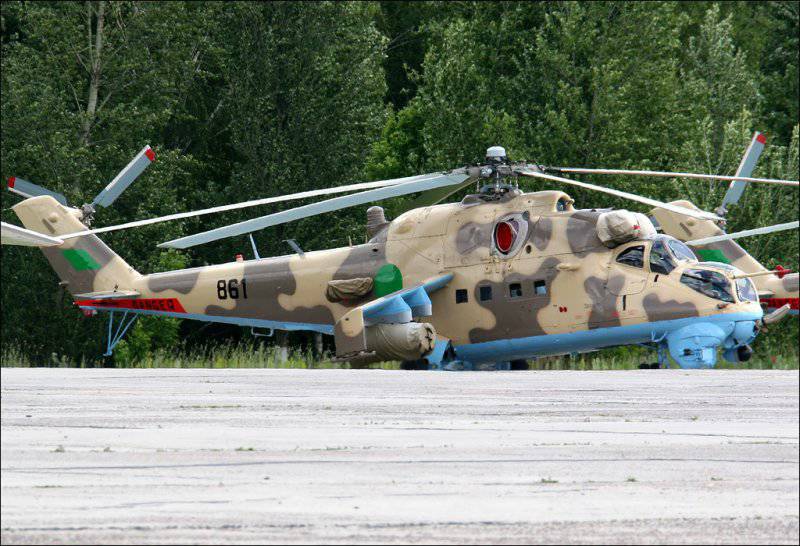
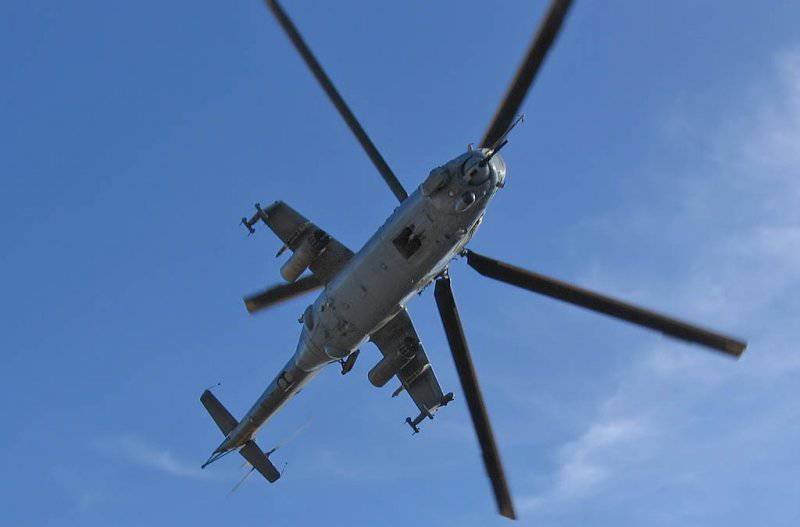
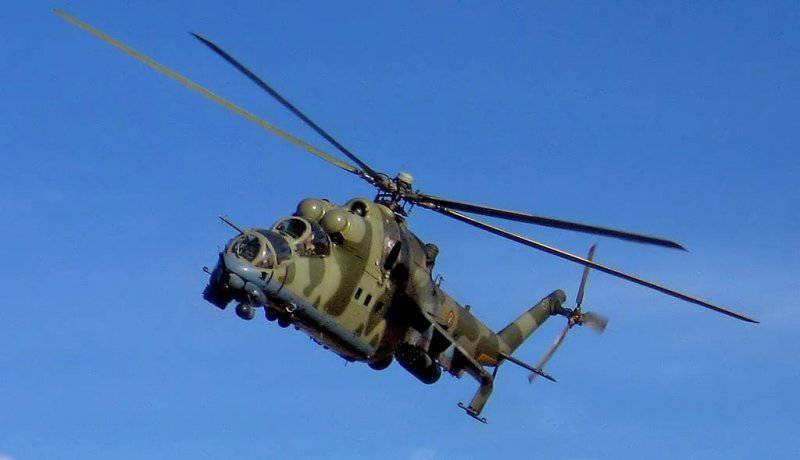
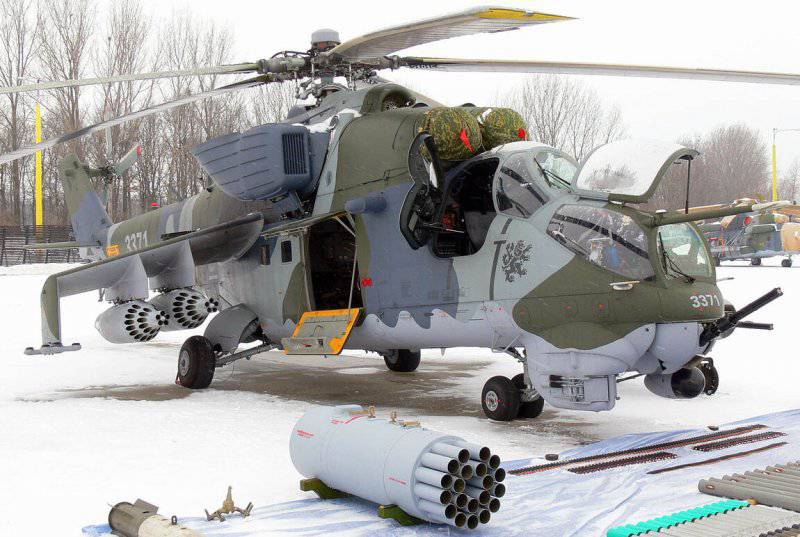
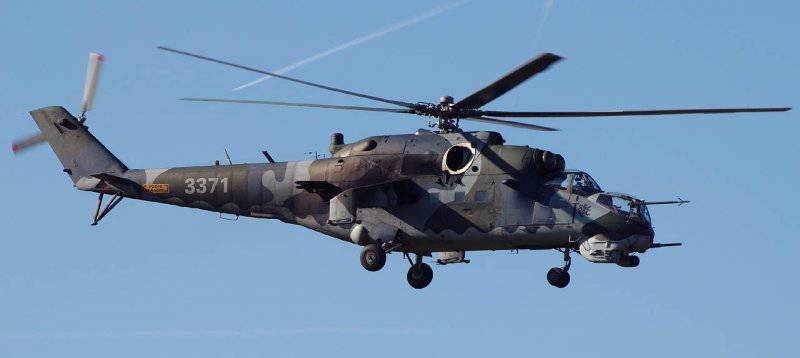
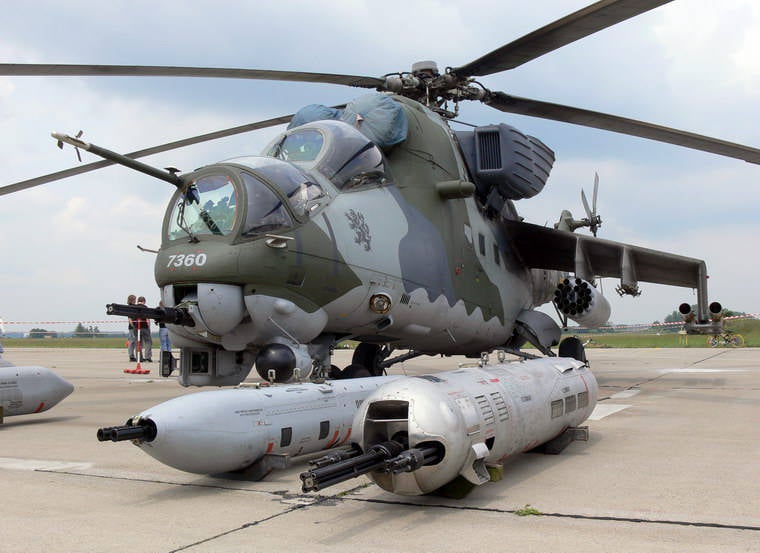
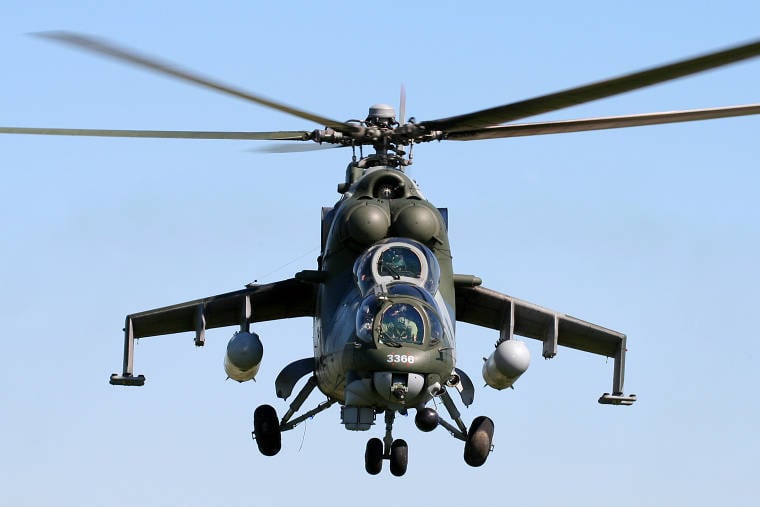
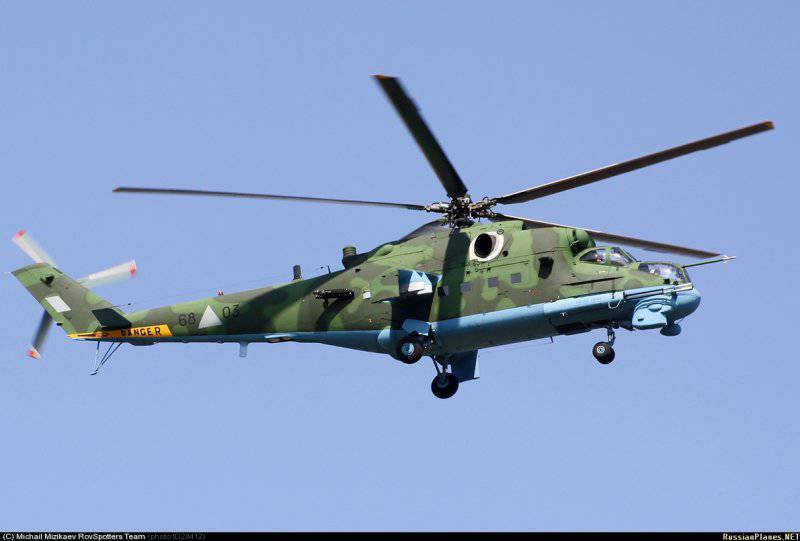
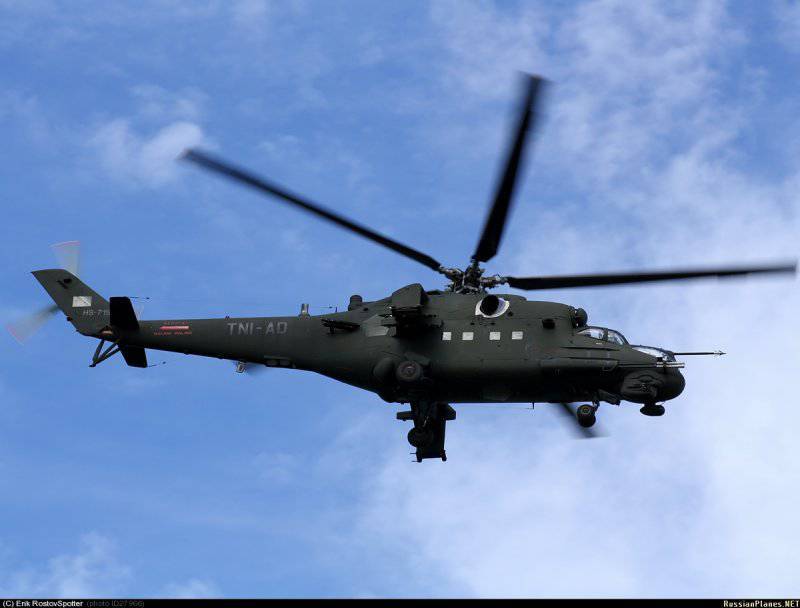
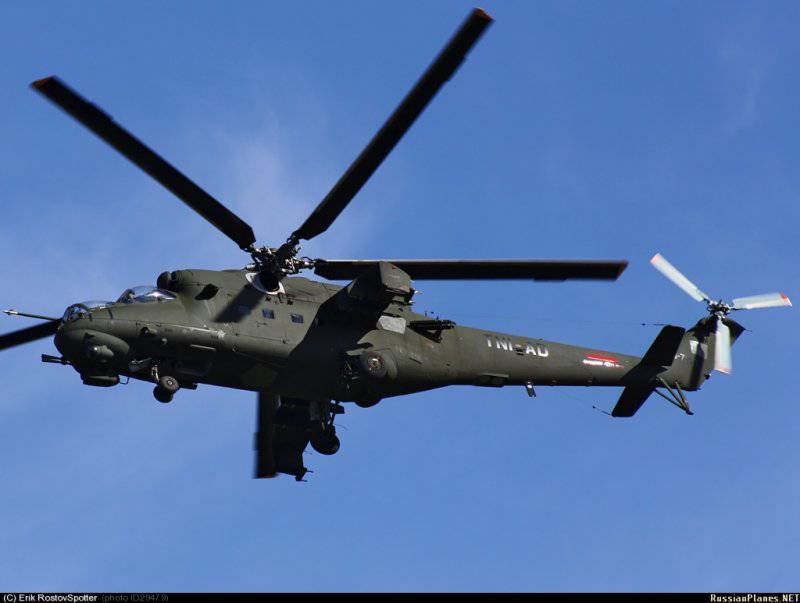
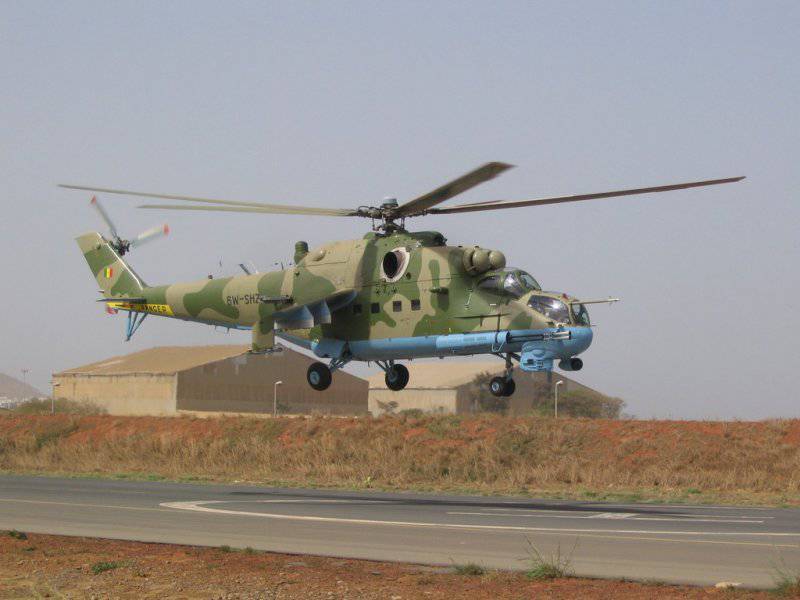
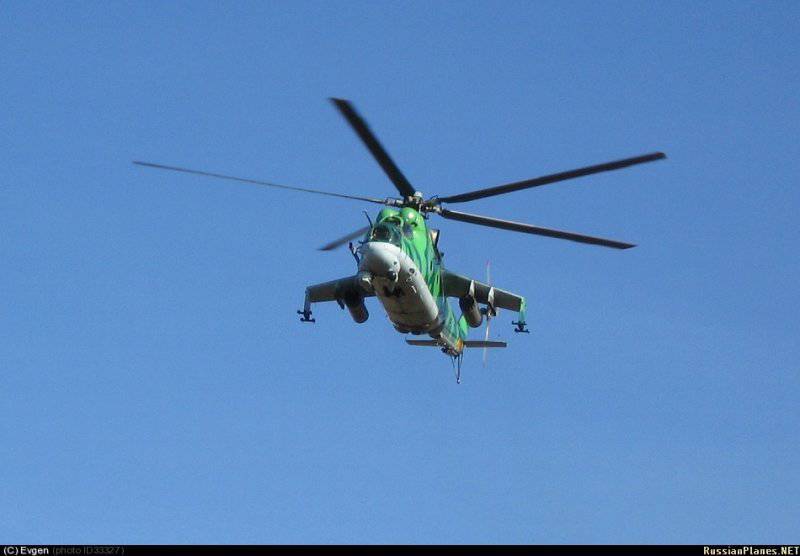
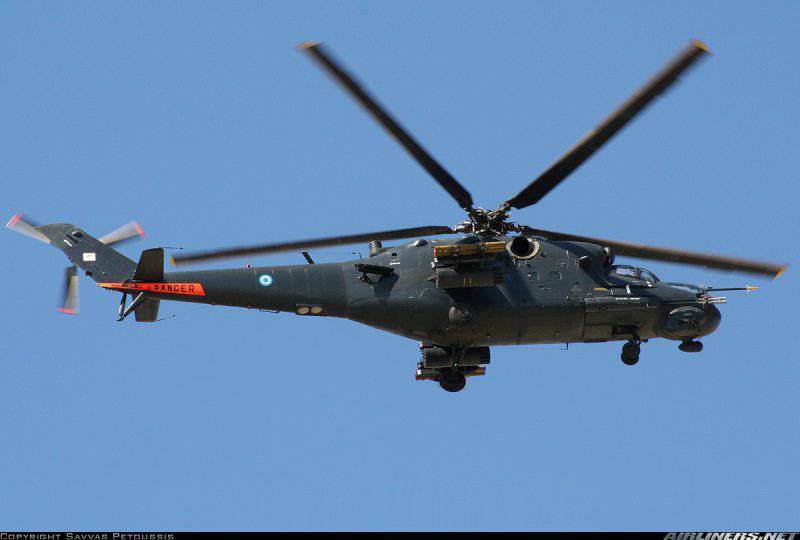
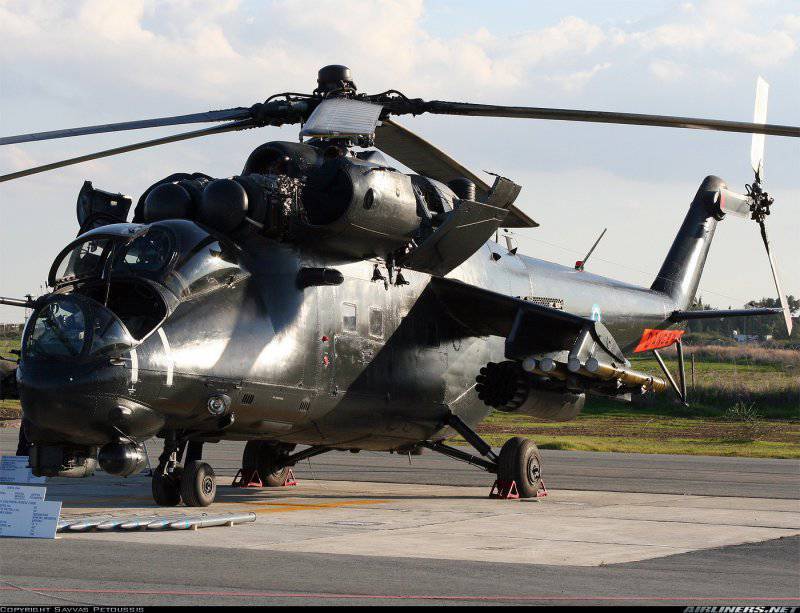
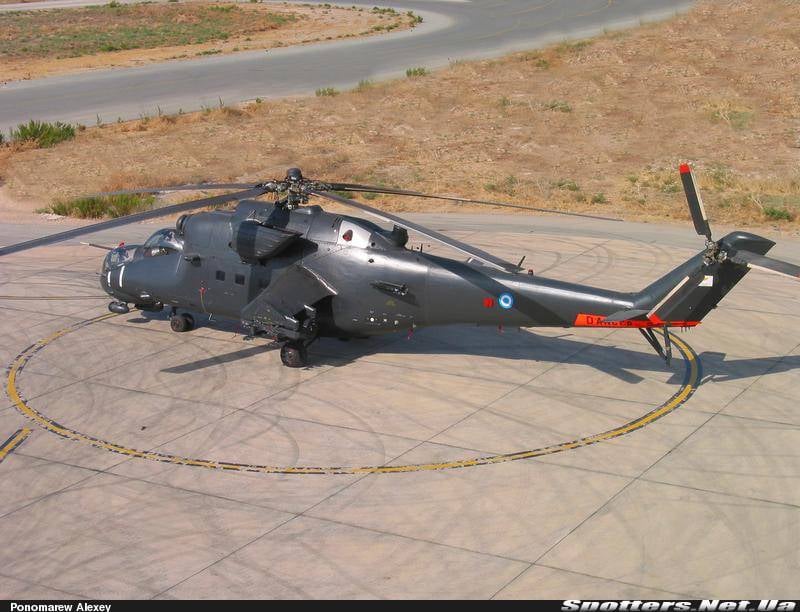
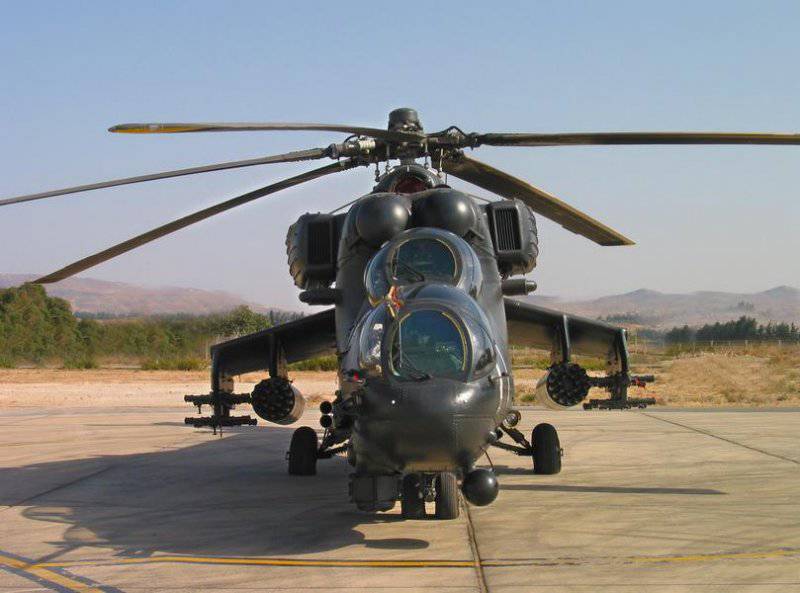
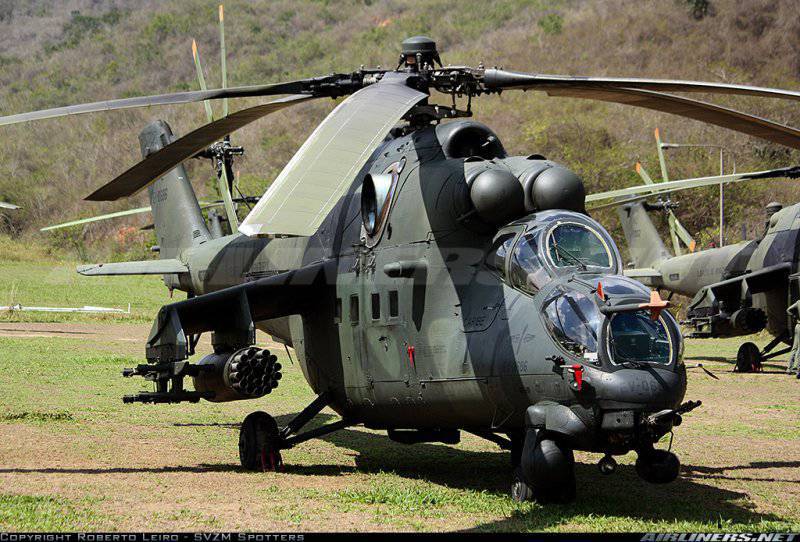
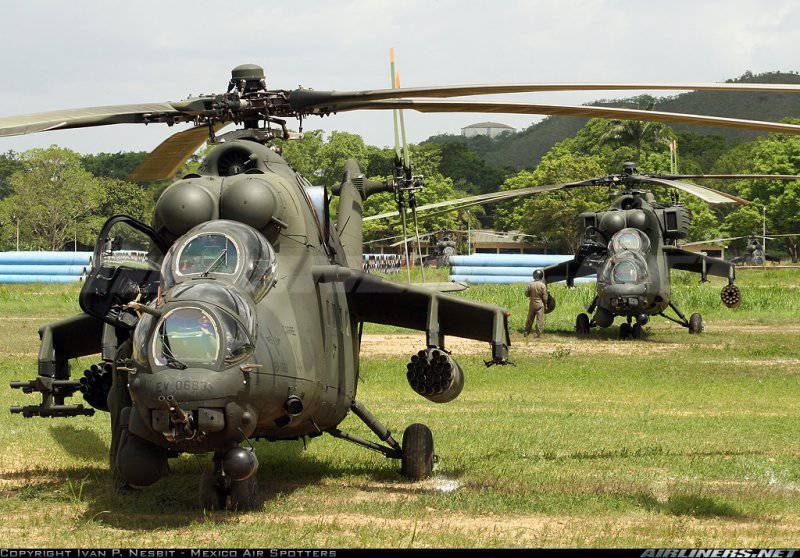
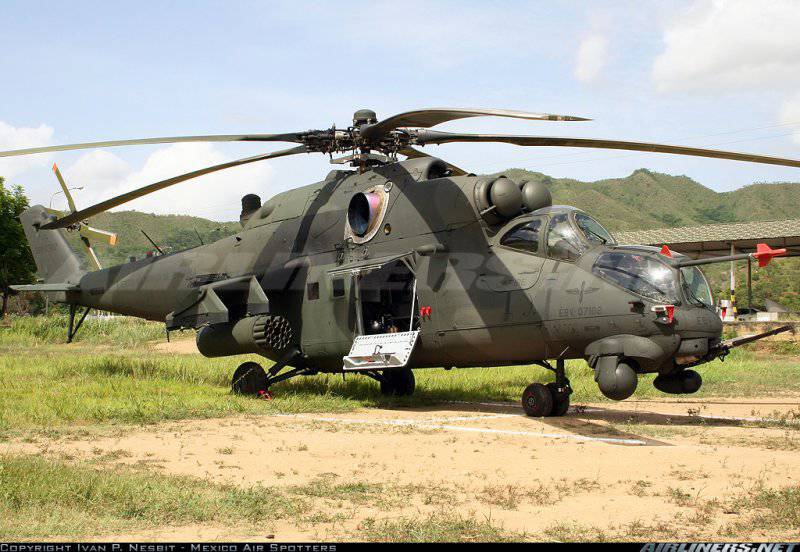
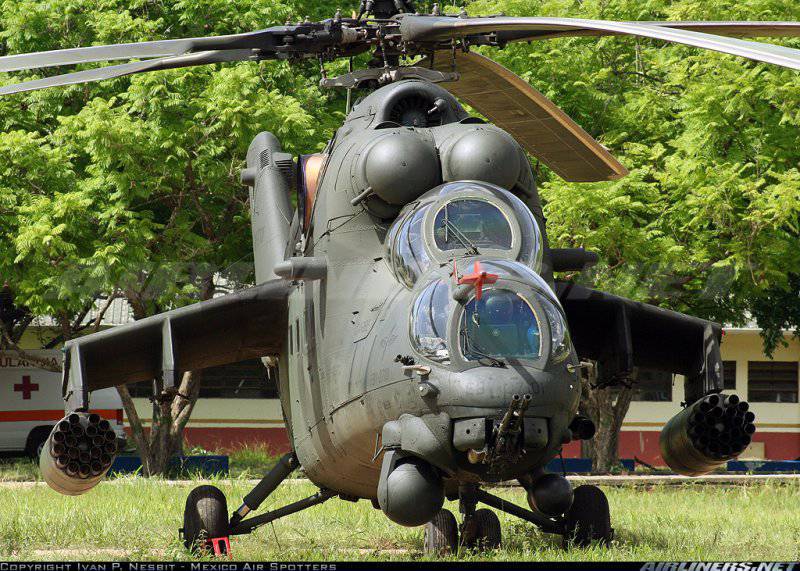
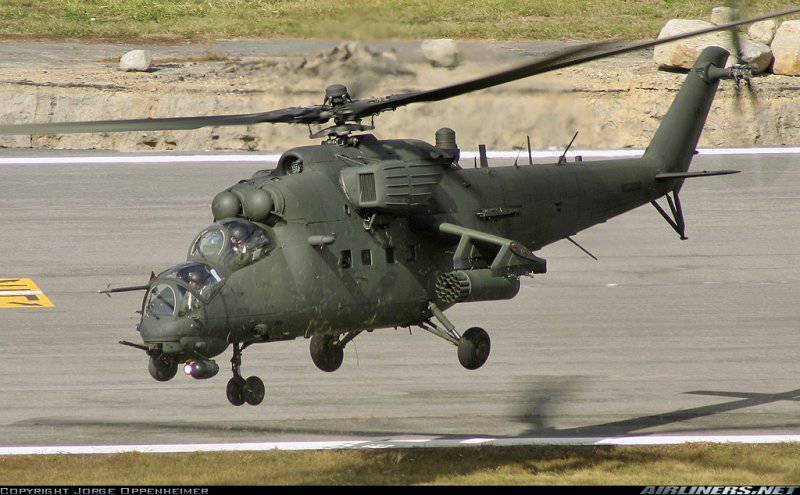
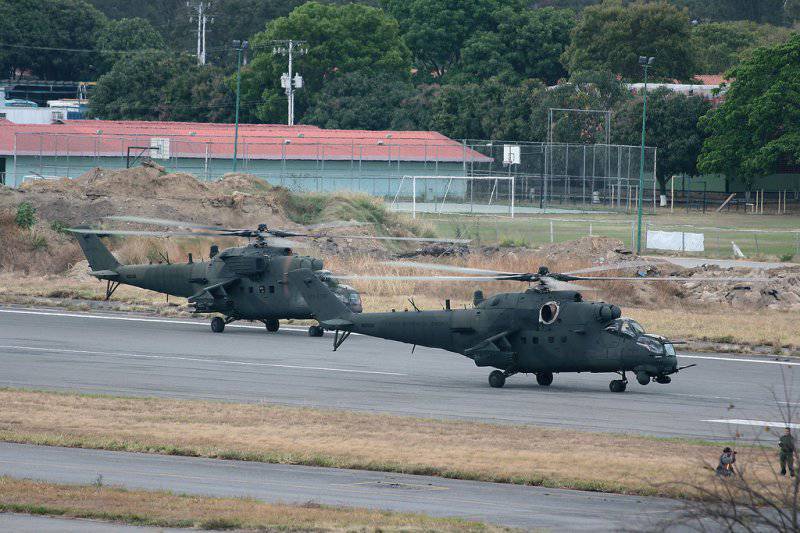
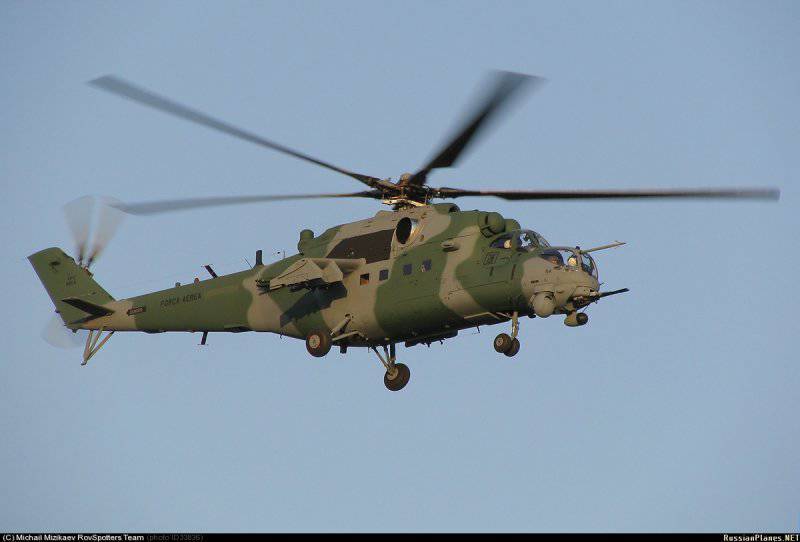
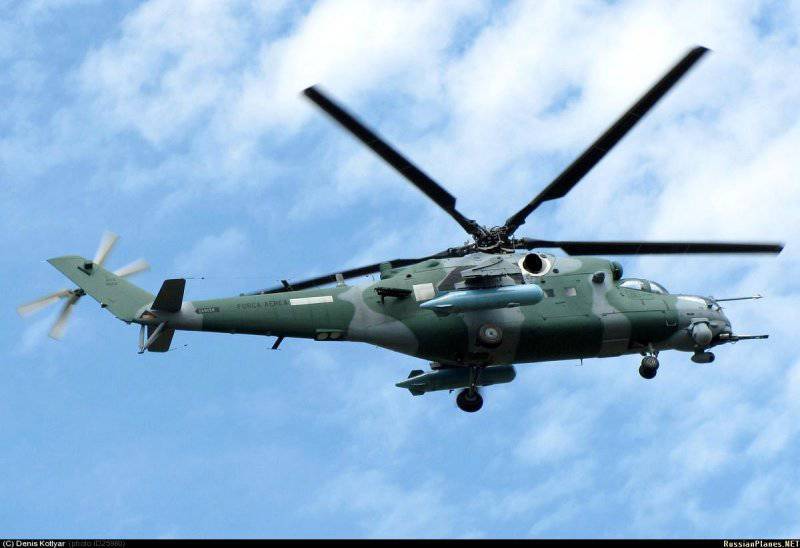
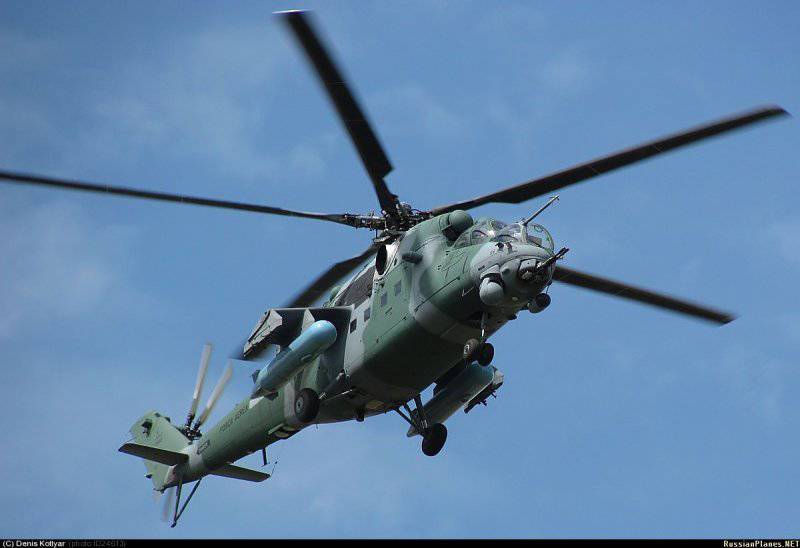
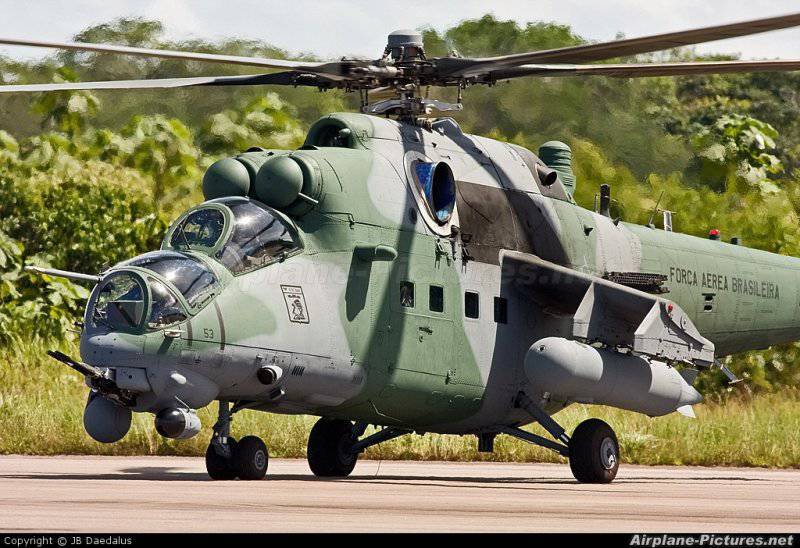
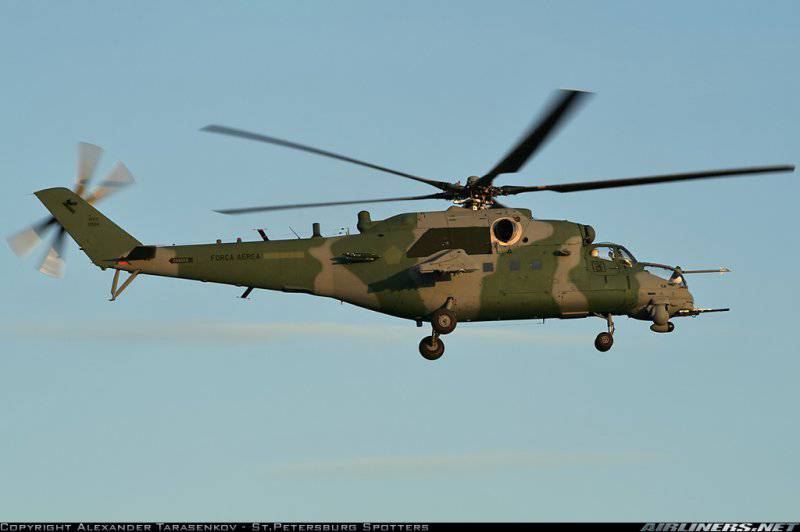
Information